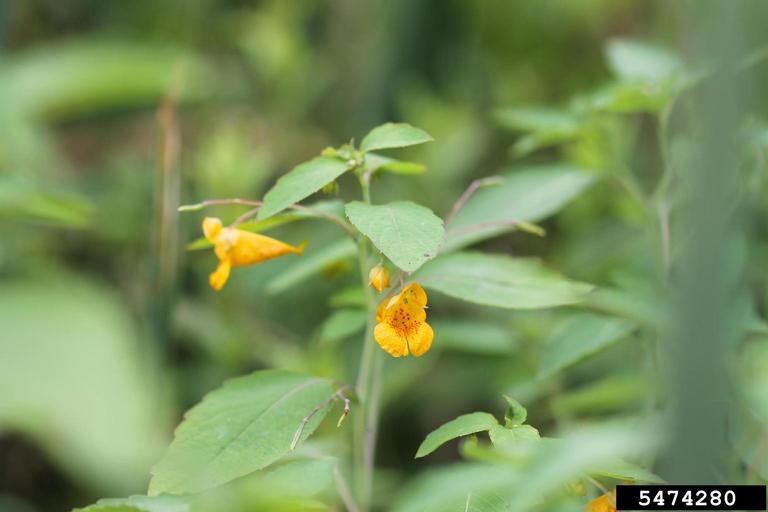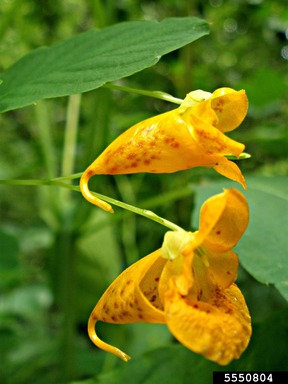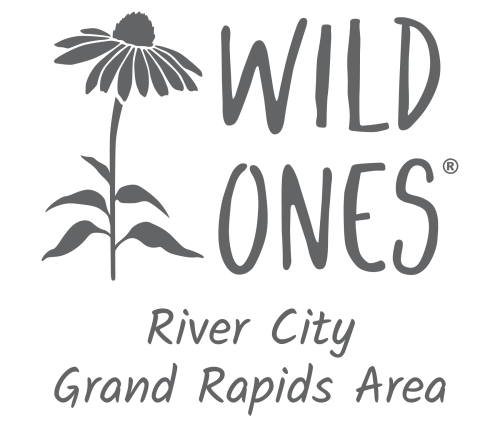
NATIVES TO KNOW: Jewelweed, Impatiens capensis
By Joyce Tuharsky, WORC Member
Jewelweed is an annual plant in the balsam family (Balsaminaceae)—which is characterized by succulent stems, translucent leaves, eye-catching colorful flowers, and seed capsules that burst explosively, scattering seeds in all directions.
The seedlings of this plant sprout in early spring and reach a maximum height of 2–5 feet by August. The leaves are 3–5 inches long, blue-green, alternate, oval with toothed margins that have a scalloped appearance. When dew or rain drops bead up on the leaves, the sparkling effect gives us its common name “Jewelweed.”
Bright orange to orange-yellow flowers begin blooming in mid-summer and continue until Fall frosts. These inch-long flowers have a unique cornucopia shape and are often speckled with reddish spots. The lower “lip” of the flower is actually two fused petals that form a landing pad for insects. Each flower dangles from a leaf axil on its own slender stalk.
The flowers give way to slender capsules, each containing 4–5 seeds. When ripe, the capsules will erupt open at the slightest touch, giving the plant another common name: “Touch-me-nots.”


These flowers must be cross-pollinated to produce seeds. But in fall, Jewelweed sometimes produces additional inconspicuous flowers at the bases of its leaves that self-fertilize without ever opening (called “cleistogamous”). These smaller flowers produce smaller seeds, which in turn produce smaller plants than those of the larger, showy flowers. However, the additional seeds help ensure the propagation of the plant in an energy efficient way.
Jewelweed is a lovely addition to any landscape, not only because of its cheerful flowers and lush foliage, but because of the many hummingbirds, bees, and butterflies that the plant attracts. Mice and birds eat the seeds. Deer sometimes browse the foliage.
Once established, Jewelweed will return every year through self-seeding. It is best grown in medium to wet loamy soils in part-shade—yet will tolerate heavy shade and clay. It is well-suited for woodland or rain gardens, low wet areas, and water margins.
Under ideal growing conditions, this plant will form dense colonies that can outcompete other plants. However, it is so easy to remove where not wanted. Allow Jewelweed to fill in empty spaces that might otherwise be invaded by non-native weeds. In fact, this is one of the few native North American plants that has been shown to successfully out-compete garlic mustard! (Alliaria petiolata)
